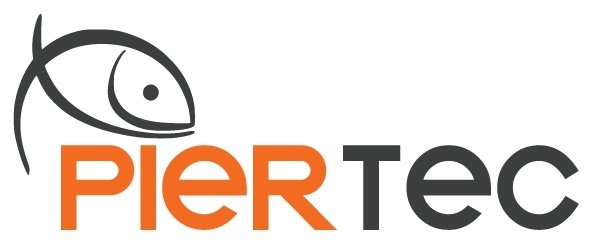IT Governance
IT Governance refers to the framework and processes that ensure an organization's information technology (IT) supports and aligns with its overall business goals, strategies, and objectives. It's about making sure IT investments deliver value while managing risks effectively.
KEY OBJECTIVES OF IT GOVERNANCE
Strategic Alignment – Ensuring IT strategies are aligned with business strategies
Value Delivery – Ensuring that IT delivers the promised benefits against the strategy, concentrating on optimizing costs and proving the value of IT
Risk Management – Identifying and managing IT-related risks to the organization
Resource Management – Optimizing IT resources such as people, applications, infrastructure, and information
Performance Measurement – Tracking and monitoring IT projects and services to ensure performance meets expectations
COMMON FRAMEWORK AND STANDARDS
COBIT (Control Objectives for Information and Related Technologies) – A comprehensive framework for managing and governing enterprise IT
ITIL (Information Technology Infrastructure Library) – Focuses on IT service management and delivering value through services
ISO/IEC 38500 – A global standard for the corporate governance of IT
TOGAF (The Open Group Architecture Framework) – Provides a methodology for enterprise architecture, including governance aspects
WHY IT GOVERNANCE MATTERS
Helps align IT with business priorities
Enhances transparency in IT decision-making
Improves accountability for IT investments
Aids in compliance with regulatory requirements
Reduces IT-related risks
